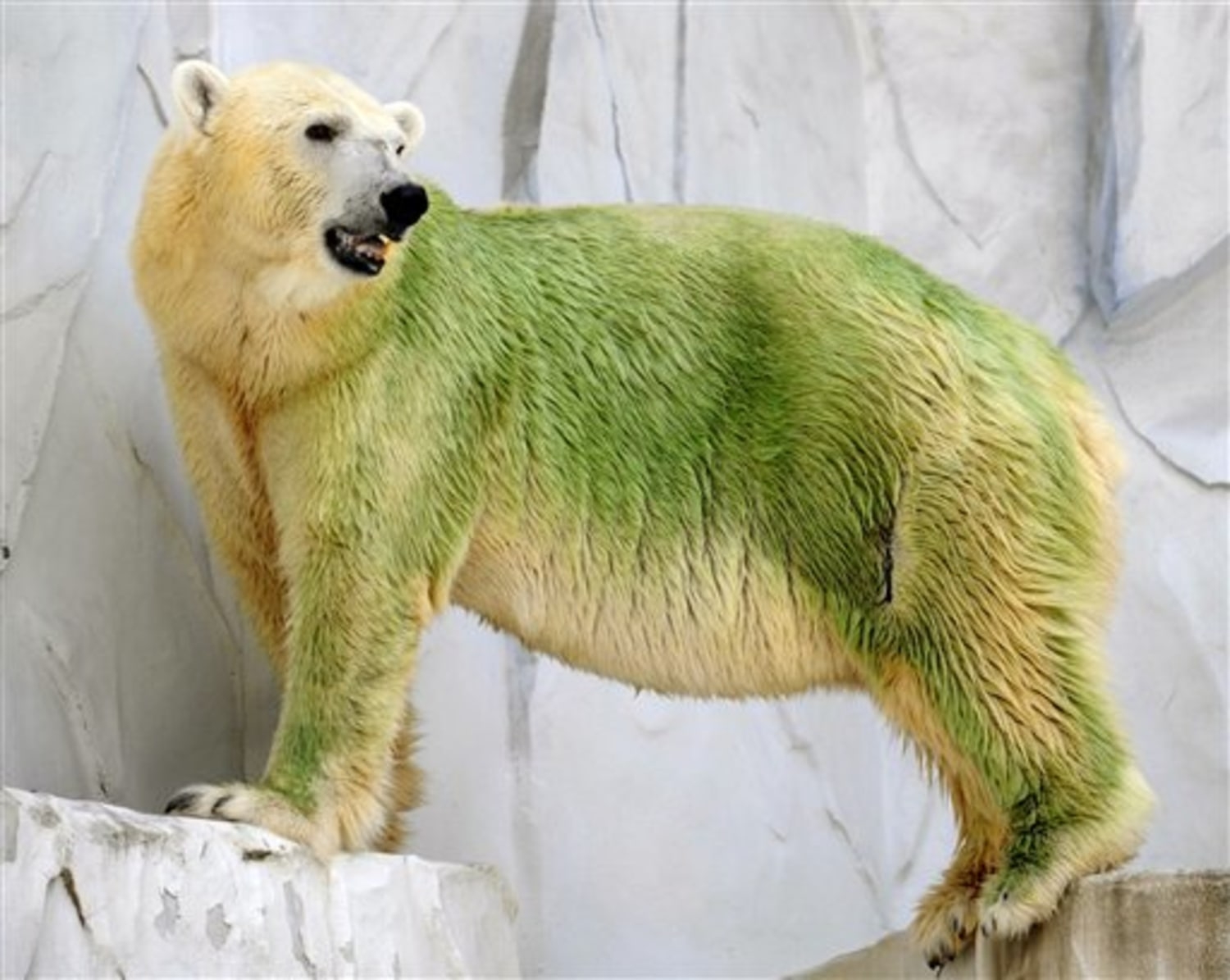Polar bears are majestic creatures that are well-known for their white fur, which helps them blend in with the snow and ice of their Arctic habitat. However, many people are surprised to learn that polar bears actually have black skin underneath all that fur.
Despite their white appearance, polar bear skin is black to better absorb and retain heat from the sun. This adaptation helps them stay warm in their frigid environment and is essential for their survival in the harsh Arctic conditions.
Color of Polar Bear Skin
The black skin of polar bears is covered by a layer of transparent, hollow hairs that appear white to the human eye. These hairs are not actually white, but rather colorless and reflect light, giving polar bears their iconic appearance.
In addition to their black skin, polar bears also have a layer of blubber that provides insulation and helps them regulate their body temperature. This combination of black skin, hollow hairs, and blubber allows polar bears to thrive in one of the coldest environments on Earth.
Interestingly, polar bear cubs are born with darker fur that gradually lightens as they age. This darker fur helps them absorb heat from the sun and stay warm in the early stages of their life when they are most vulnerable to the cold.
While polar bears are often associated with the color white, their black skin plays a crucial role in their survival and adaptation to their Arctic habitat. Understanding the unique characteristics of polar bear skin can help us appreciate these incredible animals even more.
In conclusion, the color of polar bear skin may be surprising to some, but it is a fascinating adaptation that helps these majestic creatures thrive in their icy environment. Next time you see a polar bear, remember that underneath that white fur lies a layer of black skin that is essential for their survival.
